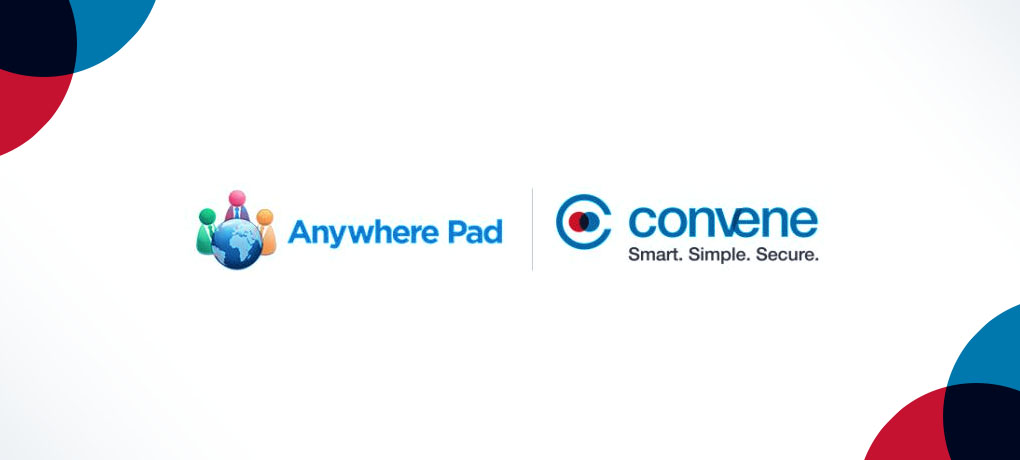Following the acquisition of Versace in 2018, Michael Kors Holdings announced they will change its name to Capri Holdings starting January 2, 2019. John Idol, Chairman and Chief Executive Officer of Michael Kors Holdings, believes having Versace in its portfolio made them one of the leading global fashion groups in the world. Idol further stated their new name is inspired by the Italian island Capri’s glamorous reputation, similar to what their brands uphold. The luxury group saw the acquisition as the perfect opportunity to rebrand their company’s image.
This process of changing the corporate image of an already-established company is called rebranding. You might be wondering why it’s such a big deal for many organizations to change their name or logo. It appears simple, but it is actually a big risk to companies whenever they rebrand. In Michael Kors’ case, they are hoping Versace’s acquisition will boost their revenue to $8 billion in the long run. But why do companies invest their time and effort on this?
1. Adapting to changing times
One of the most common reasons for a company’s rebranding is an outdated image. A company’s branding should best represent what it stands for, especially when it has undergone various enhancements.
An example of this would be our company Convene that was formerly known as Anywhere Pad. Our company, Azeus Systems changed our board portal solution’s name as well as our logo to reflect the new direction it is heading after outgrowing their old branding.
In addition, market trends are chance for companies to be novel and stay relevant to their audience. McDonald’s, one of the biggest fast-food chains around the world, stays on top of the competition by constantly changing to stay up-to-date with current trends. Their menu evolved from simply offering burgers to healthier options like salads. In the US and UK, McDonald’s partnered with Uber Eats so people can now order food through their mobile app and have it delivered at their doorstep. But if you happen to be in the store already, you can also use the self-ordering kiosks and skip the long lines. McDonald’s continue to dominate the market by constantly improving their service for their customers in line with what’s new in town.
2. Engaging with customers
A crucial factor in any company’s success is their interaction with customers. Companies who have been in the business for so long know the market of their products/services. They know customers have a sense of familiarity with the products they use. When these customers get attached, they tend to buy the same product from the same brand over and over again. Seeing a change on the packaging can cause confusion and hesitance in customers, which could cause a negative impact on your company.
But a rebranding done right will not just strengthen their current market, it can also attract new clients. Old Spice, for one, shot up their sales by 40% after launching their “Smell Like A Man, Man” campaign. The brand team targeted the 60% of women who purchase body wash for their partners. Old Spice is no longer perceived something only your dad or grandpa would purchase. Their new campaign got to convince both men and women to buy their product.
3. Changing business ownership/leadership
In April 2017, Lydia Polgreen announced the first ever rebranding of The Huffington Post—eight months after Ariana Huffington stepped down as editor-in-chief. The American news and opinion website was relaunched as HuffPost together with a new logo and website design.
When there is a change in ownership or leadership, rebranding should be done as soon as possible to inform both employees and customers of the changes in the company. The culture, values, and beliefs defining a particular company would definitely change after the takeover. Hence, in order to effectively communicate this, the company should evaluate and realign their beliefs according to the message they want to convey. This technique can be beneficial for people to better connect with the new branding.
4. Expanding services
Rebranding is also needed to reflect the change in the type of products the company offers. Customers heavily rely on their familiarity of the brand before they purchase a product. Companies could take advantage of this chance by letting their customers know of the expansion. When customers are aware of the changes, it would be easier for them to support a new product or service from a company they already trust.
Rebranding can help companies introduce their new line of products and enter their new market by tapping on their loyal customers.
Virgin Group Limited, for example, initially started as a mail order record retailer in 1970, but today it is widely recognized as a multinational venture. They have already expanded into many diverse sectors such as travel, telecommunications, health, banking, and leisure. Their airlines, Virgin America, recently redesigned their airplanes in Alaska Air’s colors and interiors after officially completing the merger in April 2018. Even if companies only start a single line of business, they can break their way into multiple industries through a good branding management.
5. Standing out against competitors
There are moments when a company’s branding can be similar to a competitor’s branding. It would be a struggle for customers to identify which is which. Thus, companies would opt for rebranding to establish why they are different from the rest. Perhaps before, there were only a few businesses competing in the market. But as time changes, competition increases so the brand must learn to adapt.
A notable narrative for this is Southwest Airlines rebranding story, which changed the game in flight experience. They appealed to the hearts of the people by giving their brand a new visual expression. Southwest Airlines adopted a heart icon in its logo, serving as the main identifier for the change. The heart symbolizes they are unlike other airline companies because they prioritize their customers before anything else. This rebranding raised the bar in customer service experience, which in turn, gave them an edge against other players in the industry.
Branding marks an impression on people, but it does not last forever. Market demands can quickly change; hence, rebranding becomes essential to ensure an organization’s continuous growth. Rebranding enables people to understand better the product or service the company offers.
When rebranding is implemented efficiently, it improves the reputation of the company as well as their relationship with their customers. This creates a connection—a sense of familiarity—between the company and their customers. It is important that companies value this bond because it breathes life to their businesses. Rebranding can be risky and expensive, but if it is planned well, companies can benefit greatly from it.
Camille works as a Bid Writer who prepares proposals for prospective clients and produces content for the website. Her role includes liaising with various teams to provide software solutions across different organizations and industries globally. She has written outputs related to board management and AGM. Camille holds a degree in Literature from De La Salle University with interests in literary and information technology fields, which led her to pursue a writing career in IT.









